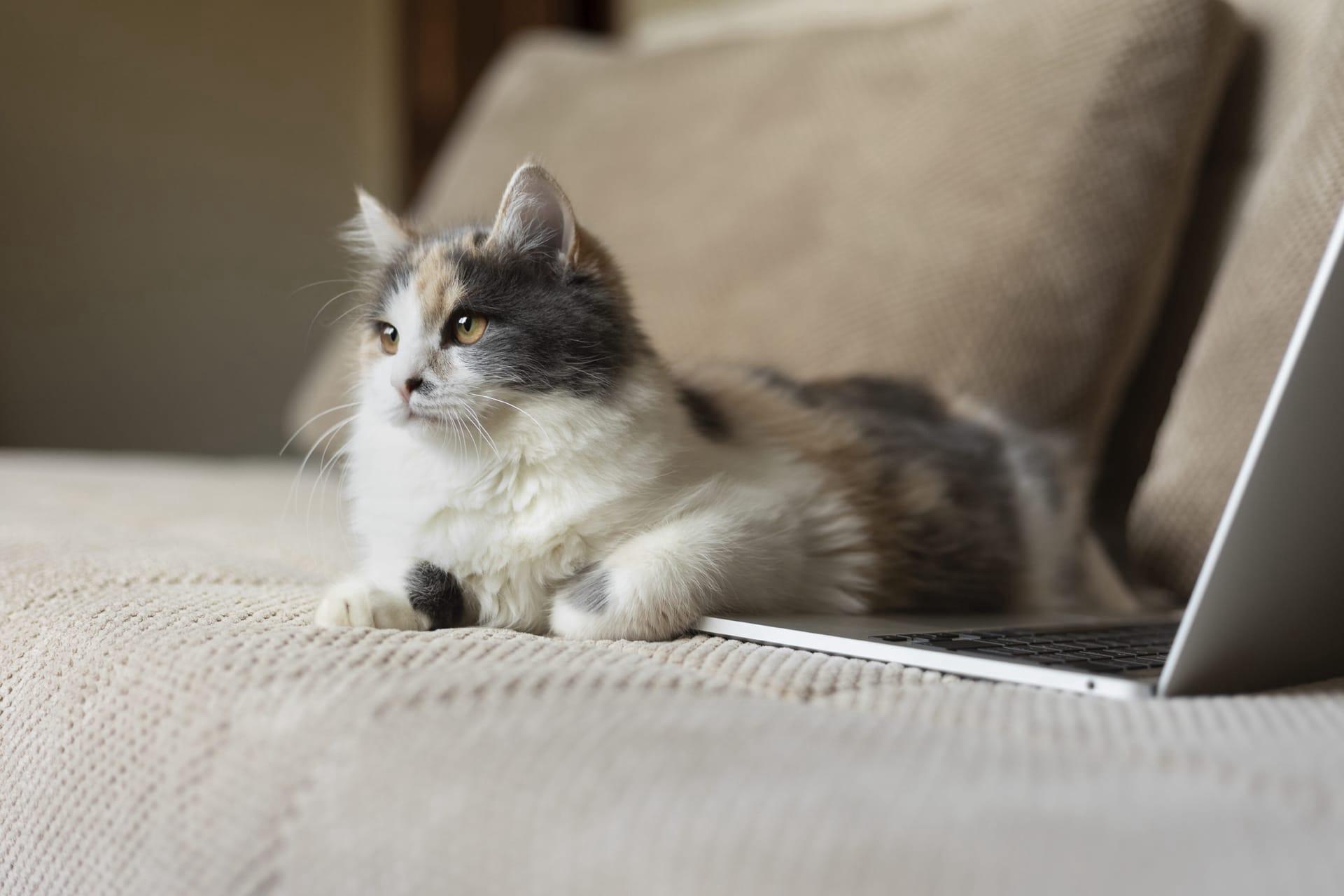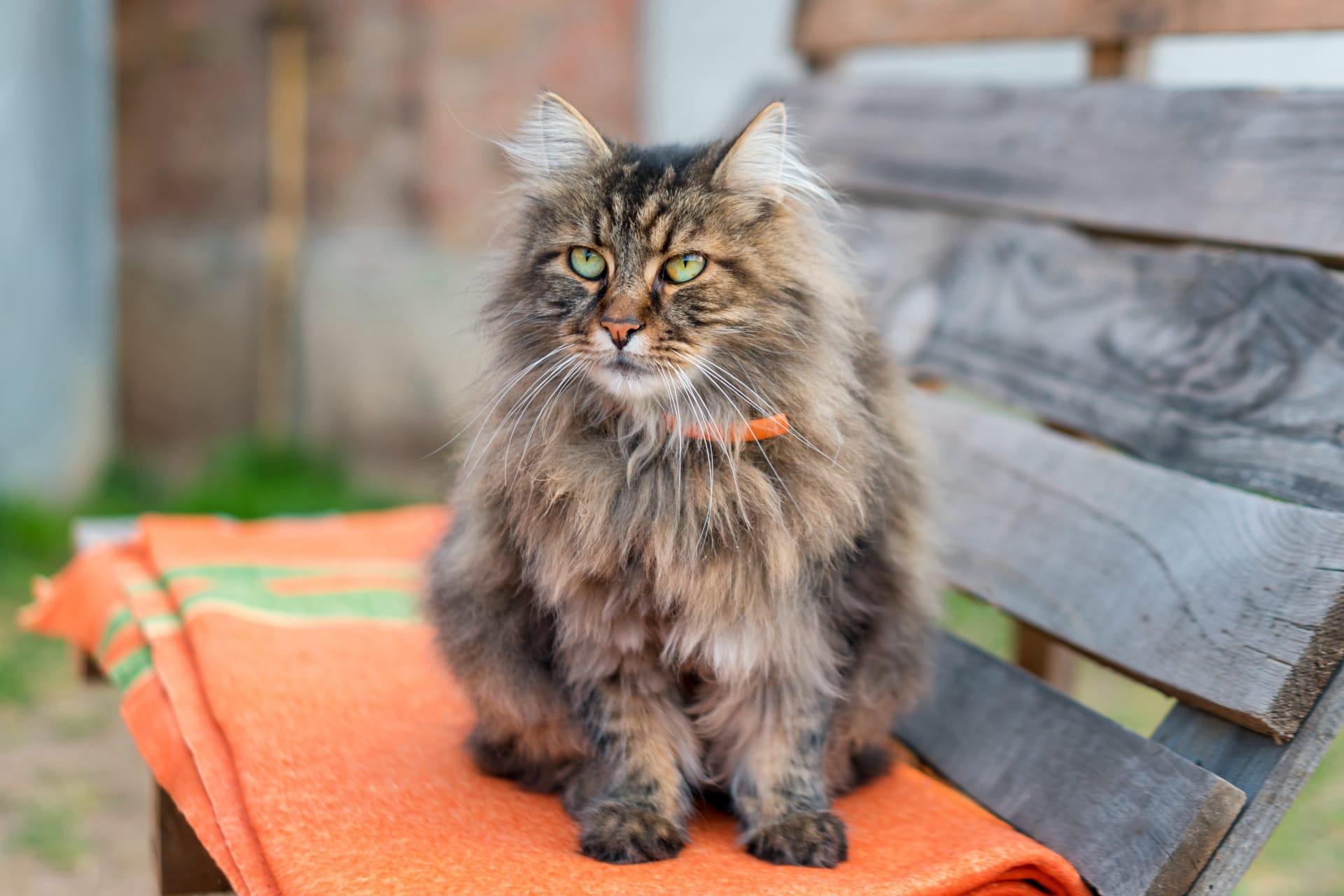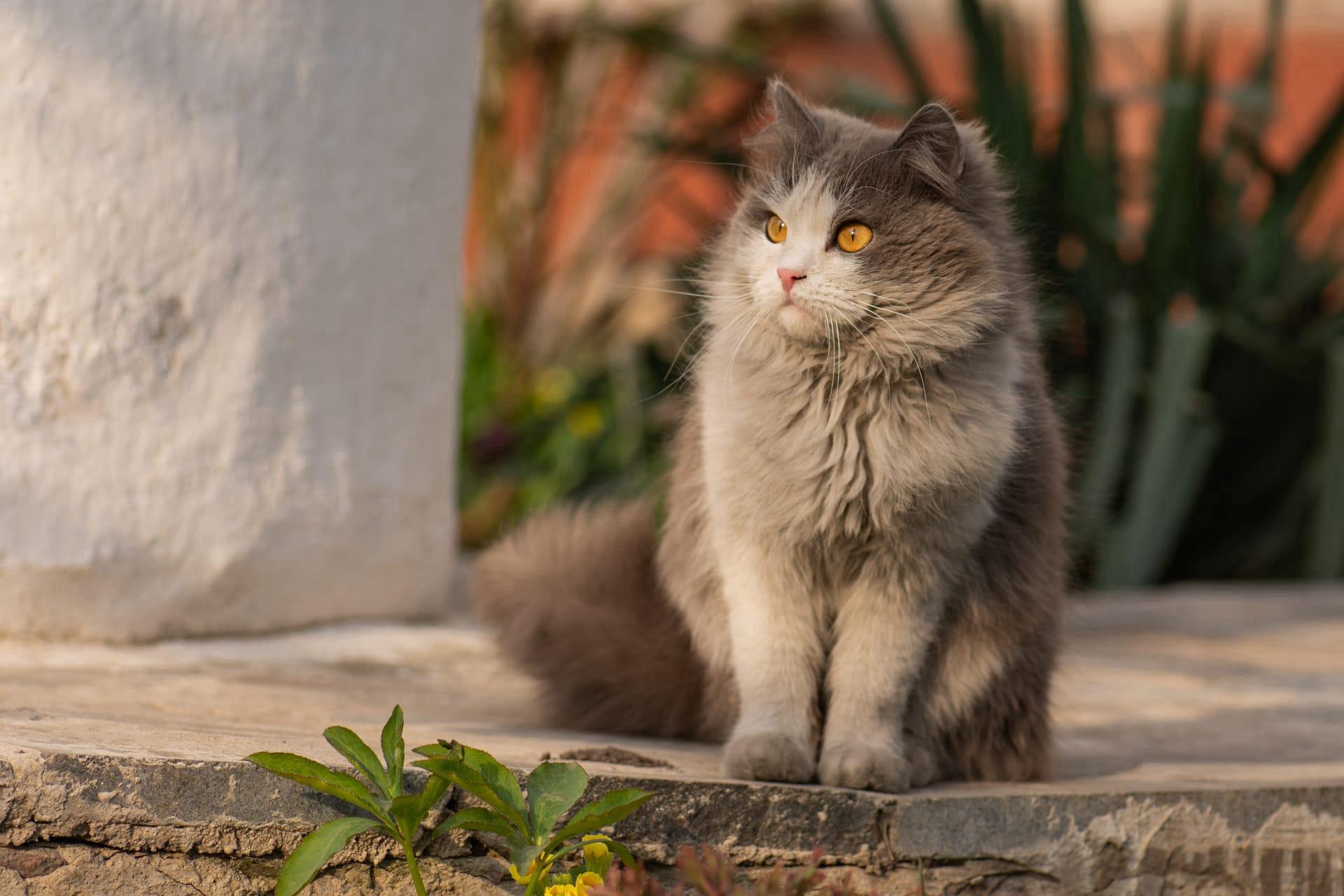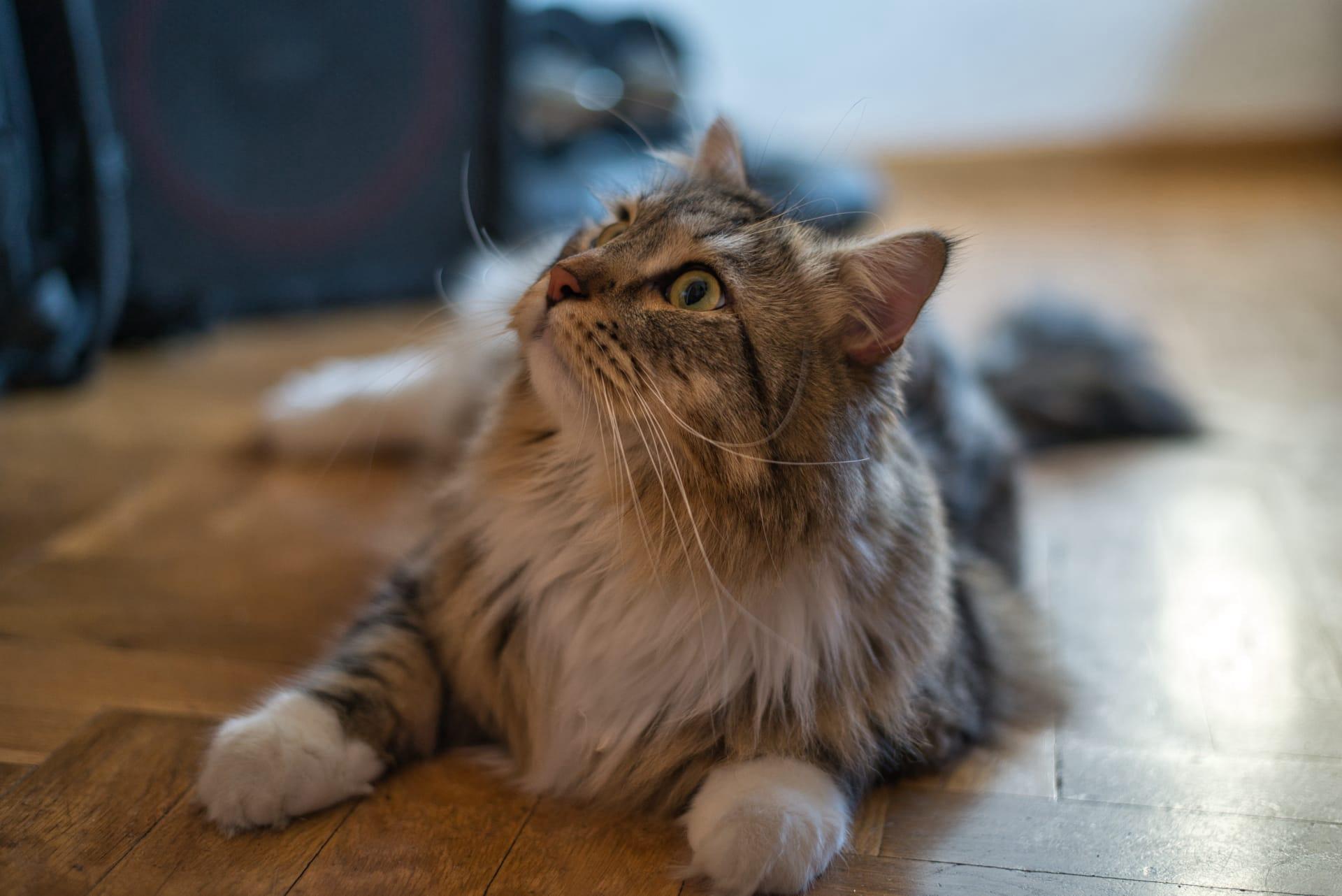British Longhair Cat Trivia
- Home /
- Trivia Question /
- Animal /
- British Longhair Cat Trivia
1
Question: What are the origins of the British Longhair cat, and how does it differ from the British Shorthair?
Answer: The British Longhair cat, often seen as the plush, longer-haired cousin of the British Shorthair, traces its origins back to the early 20th century in the United Kingdom. This breed emerged through selective breeding programs that aimed to combine the robust build and distinctive features of the British Shorthair with the luxurious long coats of other longhaired breeds. Unlike the British Shorthair, known for its dense and plush short coat, the British Longhair features a longer, fluffy coat that requires more grooming. The breed is well-regarded for its calm demeanor, making it a favored choice for families and individuals seeking a laid-back companion.
Question: What are the physical characteristics and temperament of the British Longhair cat?
Answer: British Longhair cats are celebrated for their impressive, majestic appearance, characterized by a broad chest, strong, muscular physique, and a round face with full cheeks and large, round eyes. Their long, flowing coat comes in a wide range of colors and patterns, including solid, tabby, and colorpoint. On average, they weigh between 12 to 18 pounds (5.4 to 8.2 kilograms), with males typically larger than females. Temperament-wise, British Longhairs are known for their gentle, affable nature. They are intelligent, easygoing, and enjoy the company of their human companions, although they can be reserved around strangers. Their playful yet calm disposition makes them ideal pets for both active and more relaxed households.

2
Question: Is it true that British Longhair cats are low-maintenance pets due to their long coats?
Answer: Contrary to the common misconception that British Longhair cats are low-maintenance, their luxurious long coats actually require regular grooming to maintain their condition and prevent matting. Ideally, they should be brushed at least two to three times a week to remove loose hair and prevent tangles. This not only keeps their coat looking its best but also reduces the amount of hair they shed around the house. While they are relatively laid-back in terms of personality, their grooming needs are higher than those of their short-haired counterparts.
Question: Can British Longhair cats adapt easily to living in small apartments?
Answer: Yes, British Longhair cats can adapt well to apartment living, thanks to their calm and adaptable nature. They do not require as much space to roam as some more active breeds, making them suitable for smaller living environments. However, it's important to provide them with sufficient mental and physical stimulation through interactive toys, scratching posts, and regular playtime to keep them healthy and prevent boredom. Their placid temperament makes them excellent companions for those living in apartments or smaller homes, provided their basic needs for exercise and enrichment are met.

3
Question: How does the diet of a British Longhair cat differ from other breeds, and what specific nutritional needs should be considered?
Answer: The British Longhair cat, with its sturdy build and sedentary lifestyle, has specific dietary requirements to maintain its health and prevent obesity. A balanced diet rich in high-quality protein is essential to support their muscle mass, while controlled calorie intake helps manage their weight, considering their less active nature. It's also important to include sources of omega-3 and omega-6 fatty acids to support their long, lustrous coat. Given their predisposition to certain health issues like heart disease and joint problems, diets supplemented with taurine, glucosamine, and chondroitin can be beneficial. Regular veterinary check-ups can help tailor their diet to individual health needs.
Question: What are some common health issues in British Longhair cats, and how can they be prevented?
Answer: British Longhair cats are generally healthy, but they can be prone to specific health issues, including hypertrophic cardiomyopathy (HCM), polycystic kidney disease (PKD), and hip dysplasia. Regular veterinary screenings can help detect these conditions early. A balanced diet and regular exercise are crucial for preventing obesity, which can exacerbate these health problems. Additionally, ensuring they have a stress-free environment and engaging them in moderate daily physical activity can support overall well-being and reduce the risk of health issues related to sedentary lifestyle.

4
Question: How do British Longhair cats interact with children and other pets?
Answer: British Longhair cats are known for their gentle and patient demeanor, making them excellent companions for families with children. They enjoy the affection and can form strong bonds with all family members. When properly introduced, they also get along well with other pets, including dogs and other cats, thanks to their laid-back nature. It's important to supervise early interactions with young children and teach them how to handle pets gently and respectfully. Socializing your British Longhair from a young age can further enhance their adaptability and sociability with both humans and other animals.
Question: What is the lifespan of a British Longhair cat, and how can owners ensure their long-term health and happiness?
Answer: The average lifespan of a British Longhair cat is around 12 to 16 years, although some can live longer with proper care. Ensuring their long-term health and happiness involves regular veterinary check-ups, a balanced diet, consistent grooming, and ample mental and physical stimulation. Providing a safe, enriching environment with plenty of opportunities for play and exploration is key. Regular brushing helps prevent matting and hairballs, while interactive toys and puzzles can keep them mentally stimulated. Building a loving, attentive relationship with your British Longhair will contribute to their overall well-being and longevity.

5
Question: Are British Longhair cats prone to any specific behavioral issues, and how can these be addressed?
Answer: British Longhair cats are generally well-behaved and do not commonly exhibit behavioral problems. However, like any breed, they may develop issues such as scratching furniture or avoidance behavior if their environmental and emotional needs are not met. Providing ample scratching posts, regular playtime, and a quiet retreat can help mitigate unwanted behaviors. Consistency, patience, and positive reinforcement training are effective strategies for addressing any behavioral concerns and ensuring a harmonious household.
Question: How do seasonal changes affect British Longhair cats, and what adjustments should owners make?
Answer: Seasonal changes can impact British Longhair cats, particularly in their coat thickness and shedding patterns. During warmer months, they may shed more to adapt to the temperature, requiring increased grooming to manage excess hair and prevent overheating. In colder seasons, their coat becomes denser, providing extra insulation. Owners should adjust their grooming routine accordingly, with more frequent brushing during shedding periods. Additionally, ensuring they have access to shaded or cooler areas in summer and warm, cozy spots in winter can help them remain comfortable throughout the year.